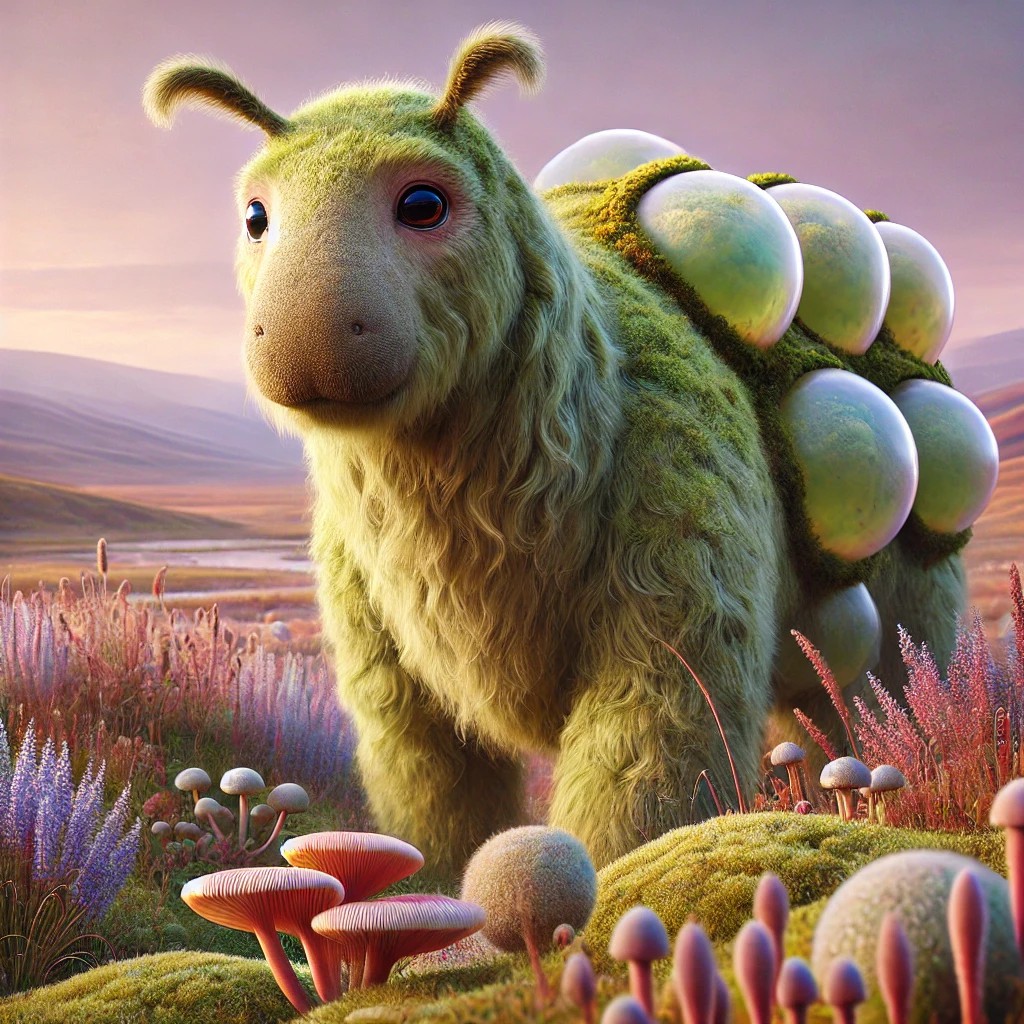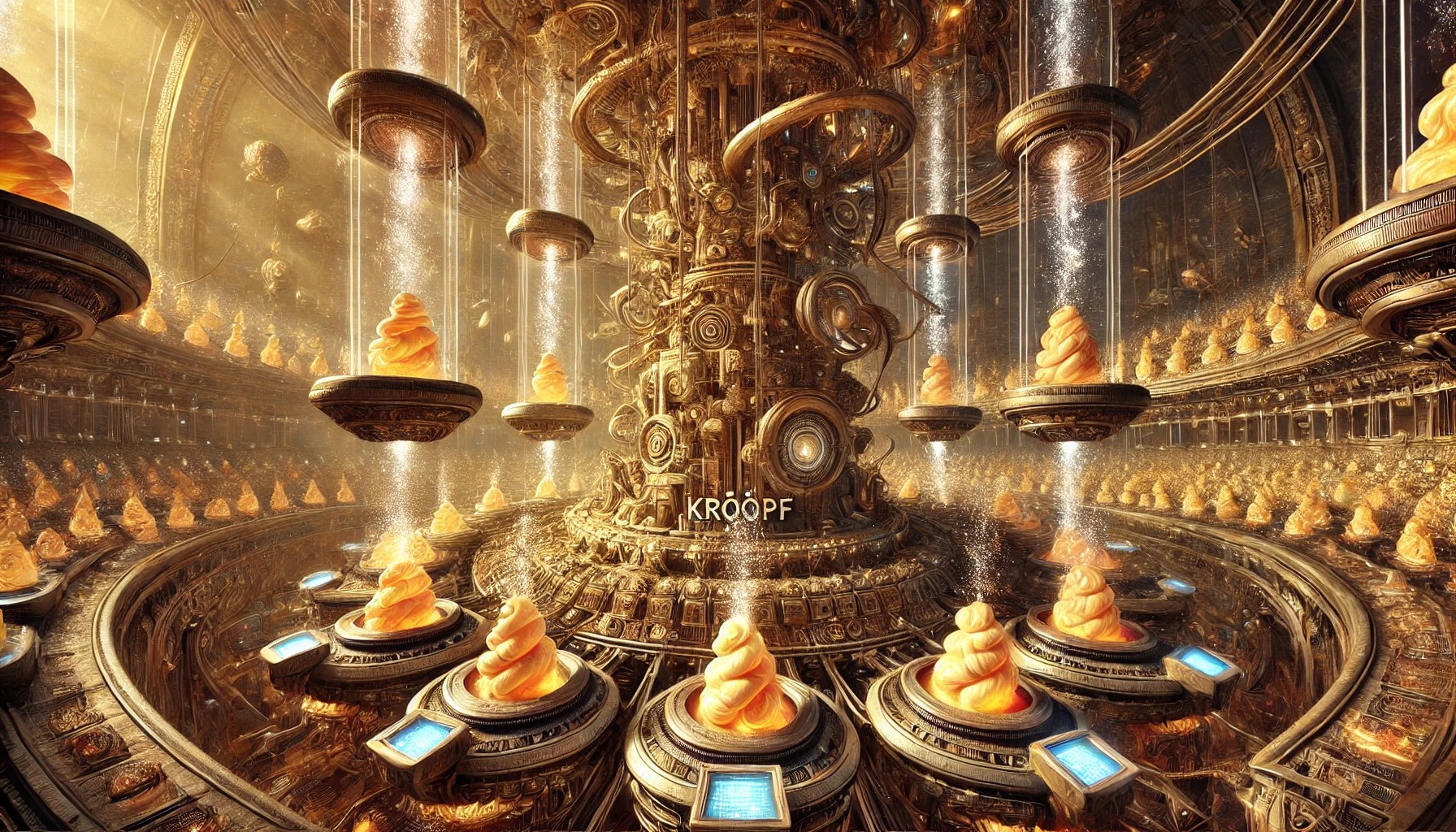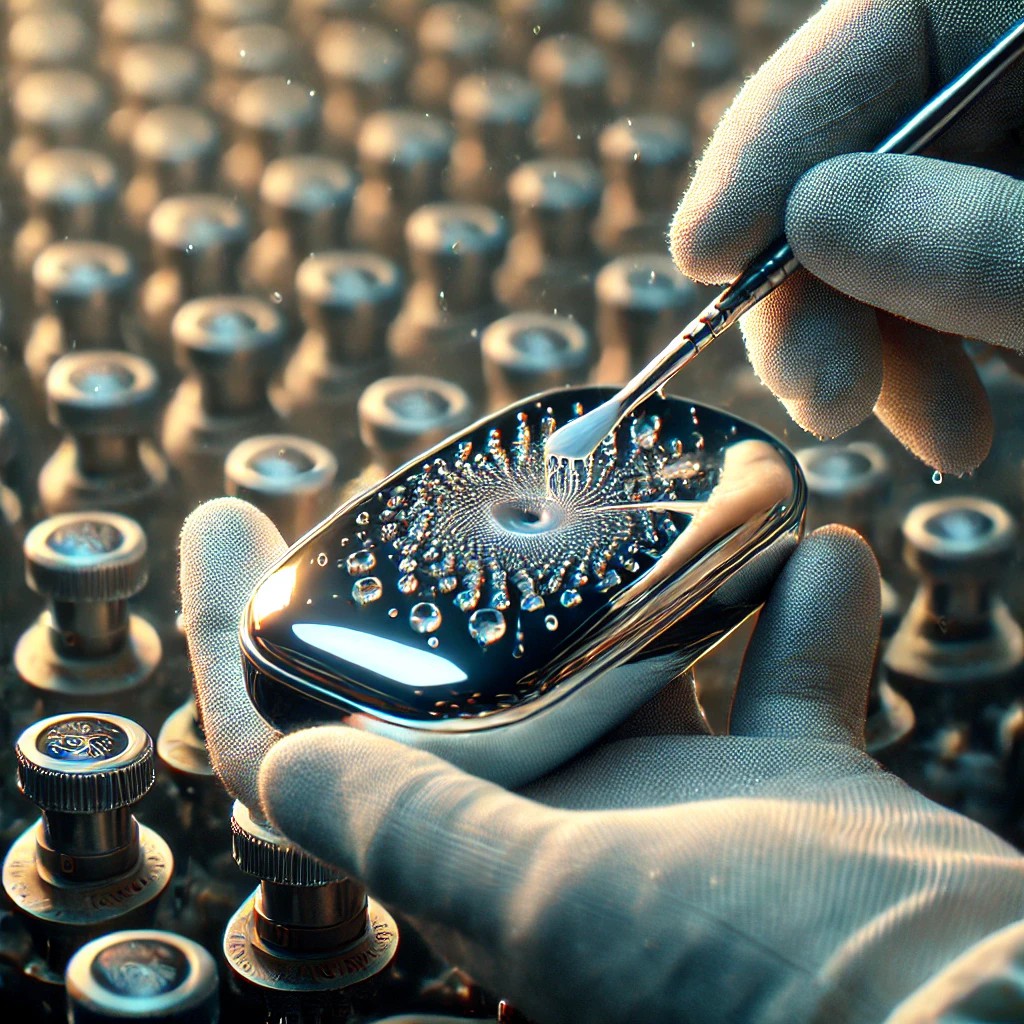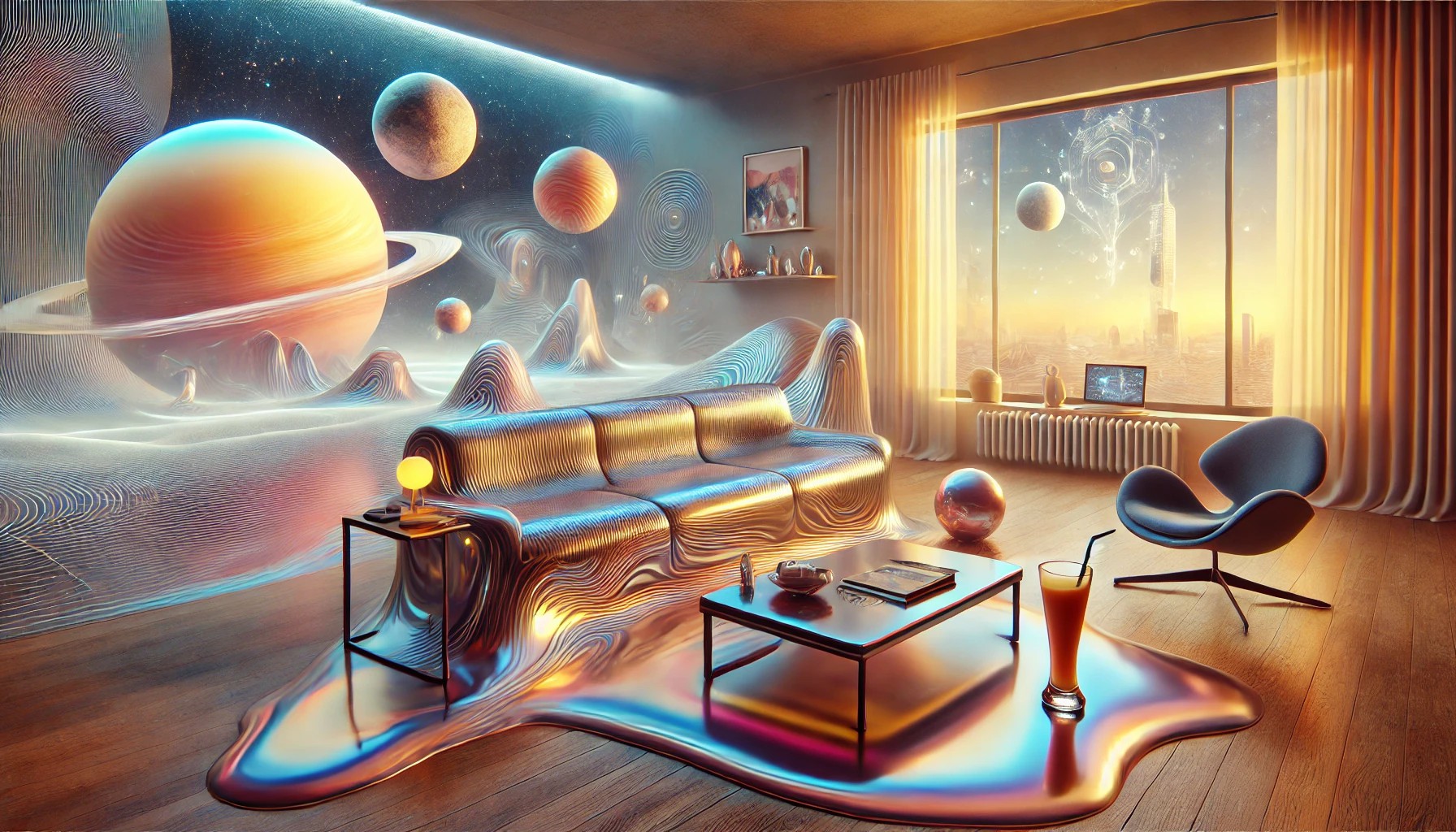
Harvesting Tringle Spores at the Screeble Range
In Dimension C-1307½, practically every household is equipped with a Glumbulon—a device so commonplace that its absence is considered a civic misdemeanor in some sectors. Yet, few inhabitants of this swirling, spangle-infused universe pause to wonder: how do they make them? Today, Parallel News brings you an exclusive, behind-the-scenes look at the intricate, baffling process of Glumbulon fabrication.
To fully appreciate the Glumbulon, we must start at the source—the foothills of the Screeble Range, where the raw materials are harvested. Local gatherers, known as “Snipharvesters,” rise at the crack of parallel dawn to pluck unwitting Tringle spores from the fuzzy underleaf of Riddle-tree forests. The Tringle spores, incidentally, emit a soothing hum that’s said to coax interdimensional butterflies into elaborate cosmic mating dances. These spores, once pocketed, are then fermented inside special organic containers grown from the ears of particularly docile Gumbulaks. Gumbulaks, for reference, are large herbivores that communicate in a language eerily similar to “Smooth Jazz.” The spores must steep in these low, saxophonic vibrations for approximately six Smorbits (roughly six million alternate heartbeats), allowing them to develop their signature neon sheen and subtle, otherworldly fragrance.

Fermenting Chambers in the Gumbulak Fields
Once fermented, the glowing spores are transported to a state-of-the-art Glumbulon Foundry. These aren’t your average factories. Picture a labyrinth of spiraling tubes, drifting hover-anvils, and floating altars dedicated to the ancient deity of household appliances, Kröopf. Skilled artisans—aptly named Glumbuleers—chant rhythmic non-sequiturs (“Splee-nook! Zamble-ton!”) while massaging the gooey spores into pliable lumps of proto-Glumbulon. It’s critical that they maintain a specific chanting frequency; one moment of off-key warbling and the entire batch could spontaneously invert into anti-matter custard.

The Glumbulon Foundry Interior
Next comes the shaping phase. Using a combination of intangible tongs and quantum spatulas, the Glumbuleers mold each proto-Glumbulon into the sleek, oblong form that consumers know and love. The resemblance to certain intergalactic mollusks is no accident; the design originally sprang from a now-extinct creature that once roamed the cosmic seas of this reality, known for its impeccable posture and suspiciously friendly smile.
Before packaging, each Glumbulon is gently polished with the drool of a Treznar beast—highly sought after for its natural luster-enhancing properties—while a senior Glumbuleer whispers ancestral recipes for Non-Euclidean soufflés to imbue the device with cultural authenticity. Once perfectly glossed, the Glumbulon receives its trademark laser etching: a small sigil that, when translated through five parallel alphabets, reads simply as “Nice.”

Polishing and Shaping the Glumbulon
The final step involves an overseer—a certified “Glimm Manager”—who runs the Glumbulon through a series of function tests. What is the function? That’s part of the mystery. Some say the Glumbulon regulates sub-dimensional humidity. Others claim it’s a universal status symbol, like a fancy hat that only hyper-intelligent fungi can truly appreciate. Ask a Glumbuleer and they’ll tell you: “What isn’t it for?”
And so, as you relax on your hyper-fluid sofa, sipping a sentient smoothie that suggests witty conversation topics every three minutes, know that somewhere in Dimension C-1307½, countless Snipharvesters, Glumbuleers, and Glimm Managers are working tirelessly to bring you the next evolution of the Glumbulon. Because in a universe with infinite possibilities, why settle for a toaster or a television, when you can have something so exquisitely pointless—and yet so widely beloved—as the Glumbulon?

A Finished Glumbulon in a Household Setting
That’s the news, directly from a parallel plane. Stay curious, travelers—and remember, if you think you understand it, you probably haven’t held a Glumbulon long enough.